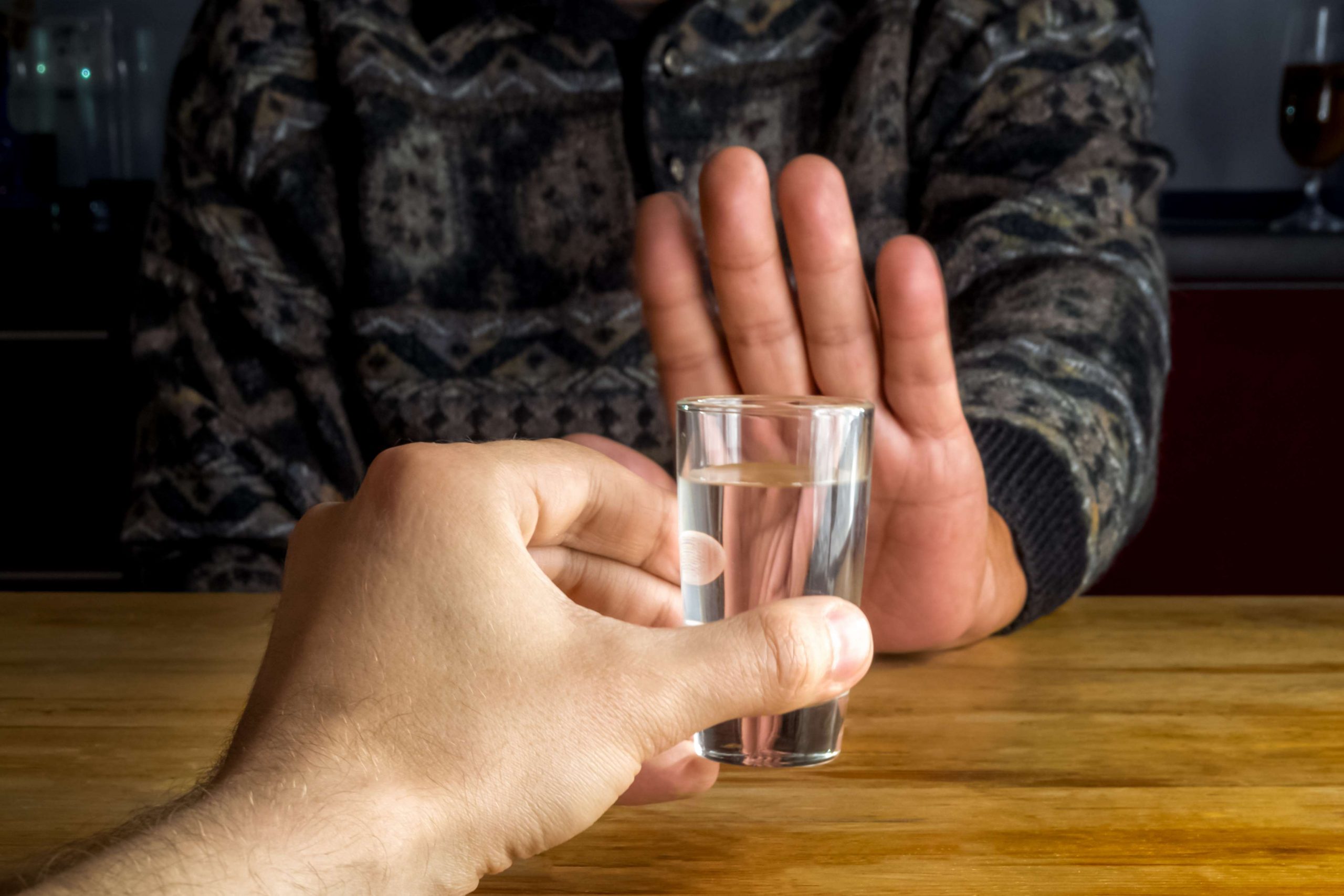The connection between substance abuse and social isolation
admin Sober livingWe assessed the level of loneliness through the UCLA Loneliness Scale (version 3), which is a widely used loneliness measure of high reliability and validity39. Participants rated how often they felt the way described in the item using a four-point Likert scale ranging from ‘never’ to ‘often’. A self-developed questionnaire was implemented to obtain information on general demographic variables, such as sex, age, level of education, marital status, mainly drug used, and the average number of drug abuse. People often turn to substance abuse as a misguided attempt to escape loneliness. Recovery from substance abuse often requires addressing underlying issues of loneliness. The mental health impact of loneliness can be severe, leading to significant impairments in daily functioning and overall well-being.
The Impact of Loneliness on the Recovery Journey
- Transforming solitude into an opportunity for self-discovery involves regular self-reflection.
- When individuals feel disconnected from others, it can intensify feelings of despair and hopelessness, making it harder to stay motivated.
- Statistics show that we need to treat loneliness as a serious public health problem.
- They may feel trapped and unable to escape the situation and they often hurt those around them because they, in turn, are hurting and angry.
During the first treatment stage of 4 weeks, the patients received diagnostic interviews to evaluate their substance use history and comorbidity of physical and psychiatric condition. Their demographic data, social functions, family support, and psychological functions were also evaluated during this period. The participants also received weekly outpatient follow-up and urine methamphetamine tests to monitor treatment response.
Why Changing Your Environment Can Help with Sobriety

Poverty, limited access to healthcare, and https://ecosoberhouse.com/ systemic racism can magnify the effects of substance abuse on marginalized populations, deepening social inequalities. Healthcare expenses for treatment of addiction and related health issues, law enforcement costs, and social welfare programs all incur substantial economic burdens. Additionally, addiction can lead to behavioral modifications like secrecy, lying, and hiding substance use, which naturally diminish social interactions.
- Non drug abusers, who have real familial support system, do not need any compensation for their conflict by abusing drugs or taking high risk behaviors.
- Even though there is support for joint MOUD, counseling, and behavioral therapies 48, there remains no recommendation for the most effective therapy combination for individuals with OUD.
- That’s why our addiction therapy programs span a wide range of methods and approaches.
- Techniques such as cognitive behavioral therapy (CBT) can aid in restructuring negative thinking patterns, which amplify feelings of isolation.
- Tamsin illustrates above that senses of being alone with nothing to do – along with resulting feelings of boredom and entrapment – can be countered with specific substances.
- Some people who’ve been using opioids over a long period of time may need physician-prescribed temporary or long-term drug substitution during treatment.
ASAM is a community of hope
- Among a sample of 78 adults recruited from social media, people who felt “lonelier on average” (between-person association) drank more alcohol daily.
- Strengthening social support networks and addressing feelings of loneliness are vital components in reducing addiction risk and supporting recovery.
- Independent samples t tests or Chi-squared tests were used to assess associations between the demographic data and the outcome variables.
- Loneliness can be debilitating, and having no one to confide in or lean on during difficult times can lead to feelings of despair and hopelessness.
Participants indicated whether they had been bothered in the last two weeks by a range of conditions. Loneliness was measured daily with a single item, “How lonely were you today? ” adapted from loneliness in sobriety the negative scale of the Positive Affect Negative Affect Schedule (PANAS) (Watson & Clark, 1994). Given the greater consistency in prior studies regarding associations between loneliness and drug use, we based these hypotheses on previous literature (Ingram et al., 2020; Rhew et al., 2021).

Breaking the Connection Between Addiction and Isolation with Free by the Sea

By focusing on this problem, we can build healthier communities that encourage people to connect with one another and reduce the negative effects of loneliness. During recovery, however, the challenge is to rebuild these lost connections. Feelings of loneliness can intensify mental health struggles such as depression and anxiety, which may make relapse more likely if not properly managed. Sadness and isolation can foster negative self-talk, rumination, and an overall sense of disconnection, all of which threaten sobriety.
Developing a Positive Relationship with Solitude
Loneliness is a common life experience and changes with age (Nicolaisen and Thorsen, 2017). Some studies demonstrated through empirical research that loneliness, depression, and anxiety are inextricably linked (Richardson et al., 2017; drug addiction Michalska da Rocha et al., 2018). A significant correlation analysis found a positive correlation between loneliness, anxiety, and depression (Jing et al., 2012; Ostovar et al., 2016; McHugh Power et al., 2020). A previous study showed loneliness had a significant mediating effect on anxiety and depression (Ebesutani et al., 2015). Based on the existing literature, it appeared there was a close relationship between loneliness and anxiety and depression, which may be a mediator variable worth considering. Therefore, this study hypothesized that loneliness mediates the relationship between anxiety and depression in substance abusers in males (H2).
Build Meaningful Connections
Within this turbulent milieu, substances continue to offer a form of solace, enabling both breathing space and solitude. Substances provide a means of gaining distance from the present, in addition to enabling a heuristic of temporal relief that in turn allows for new affective-temporal possibilities. The intensified flux in substance availability and affordability, however, problematises even this aspect of everyday life, as further restrictions on choice produce unanticipated and harmful effects. Relatively recent trends in innovative and opportunistic ways of combining multiple substances have arguably laid the groundwork for adaptive responses to shifting drug markets. Support groups extend beyond just you, as an individual, to include family members who often suffer a significant impact of addiction. These groups create a space for family members to share their feelings, concerns, and experiences, fostering a collaborative approach to the recovery process.
Contact Vertava Health
Get professional help from an online addiction and mental health counselor from BetterHelp. Combining these approaches helps manage loneliness effectively, supporting long-term sobriety and emotional well-being during recovery. For example, you may reframe this feeling as a passing emotion instead of a permanent one. Checking in with each other and sharing experiences helps you maintain sobriety. Loneliness might push you to return to substance use as a coping mechanism or to fill the emotional void. Recovery faces you with the challenge of processing a rush of emotions without the previous coping mechanism.
Isolation and solitude, overall, comprise important – yet often overlooked or misconstrued – aspects of substance use, ones which take on particular significance in the context of the pandemic. Relationships need not be defined through substances, though substance use itself can produce forms of social, physical, and emotional intimacy that facilitate everyday survival (56). Circumstances of precarity, vulnerability and crises – such as the pandemic – can, however, serve to complicate and disrupt social relationships, exposing individuals to the harms of isolation. The isolation that has arisen from social distancing measures, and the collateral harms outlined above, have made such solitude all the more necessary and yet, with the disruption to daily life, all the more difficult to achieve. By tackling mental health issues like depression and anxiety, individuals can break free from the traps of addiction and loneliness. Additionally, effective treatment can help develop healthier coping strategies, reducing reliance on addictive behaviors.


